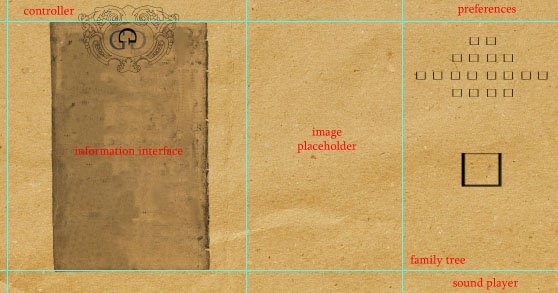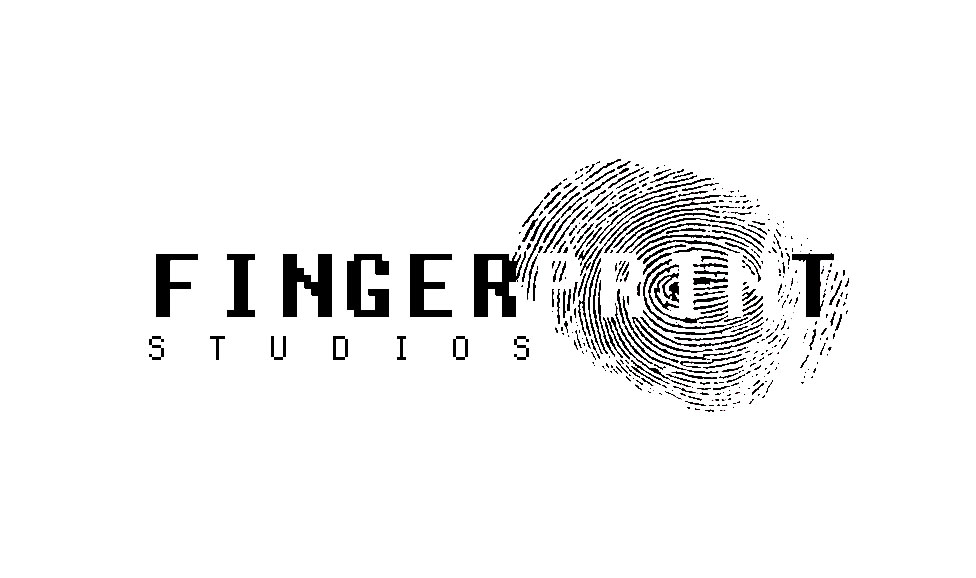Here are a couple of things we can use to structure our Site Map. We will have to create a flow chart, or something of the sort, to develop our map.
What are the technical details of the converged 3G standard?The ITU developed the specifications in 1999. The 3G family will involve three main modes of operation, which support Wideband CDMA (WCDMA) and cdma2000 across a number of spectrums and EDGE. The focus will be on the three modes for Europe, North America and Japan.
What is the evolution path to 3G?This depends on your second generation network. In UK, for example, the existing GSM networks will be enhanced using GPRS, EDGE and WAP to speed them up to 2G++. In time, when new infrastructure is purchased and ready, the networks will be transferred to WCDMA systems.
Why do we need 3G?By the year 2000 we will have between 600 – 800 million mobile phone users around the world. Increasingly those users will want services that are not offered today, and the option of wireless access for applications, such as accessing a corporate LAN, using the Internet or Intranets, videoconferencing and sending and receiving high quality pictures ie data communications. Before this can happen, the capabilities of wireless networks in terms of bandwidth must be improved.
What are the benefits of 3G?Packet-based data provides several advantages over the existing circuit-switched techniques used for carrying mobile voice. It allows higher call volumes and support for multimedia data applications, such as video and photography. Users will be charged on how much data they transmit, not on how much time they are connected to the network, because with 3G you are constantly online and only pay for the information you receive. Because third-generation packet based networks will allow users to be online all the time the potential for new applications is vast.
What are the potential applications?One example is the new way we will be able to use services, such as a car wash, which can be automated by your 3G phone and paid for on your phone bill. News providers could offer constantly updated news feeds, music companies could offer previews of video clips and banks could offer instant access to stock prices. In Japan, NTT DoCoMo's 3G services already offered video conferencing applications on handsets equipped with miniature video cameras. All handsets support video-streaming applications, where short clips can be received by request directly on the handset.
How much will a 3G handset cost?The price of new handsets is hard to quantify at this point in time in Europe. The initial price of handsets with data capability will be at the upper end of existing terminal prices, but at a price which appeals to business users requiring high speed data. Over time, as we have seen in the past, the price of handsets will drop. In Japan NTT DoCoMo offers a wider range of terminal devices ranging from basic handsets with limited data capabilities such as the N2001, to videophones fully equipped with miniature video cameras such as the P2101V.
Will handsets be bigger or smaller than current models?A wide variety of styles and sizes of handsets are being developed to meet the individual needs of users. 3rd Generation will offer new Internet and multi-media services that will require convenient viewing screens. Handsets could vary from wrist-watch style 'simple' telephone's to palm-pilot type for multi-media web-browsing usage.
*Taken from 3G Newsroom
 This is what I came up with today. The "family crest" for the 3G family, and a mockup of the layout for the flash-based website. If you look closely enough, you'll see that there are three G's connecting with one another in the middle of the crest. Pretty complex ay? Haha, not really. It's rather simple, and easy to do. I created the crest in Flash, using only vector lines! I also used a texture from CGTextures for reference. Down below are the first two stages of the flash site. The splash page, and the page that occurs after a link (or family member in this case) is clicked on. Please comment on the designs. What should we add? What should we take away?
This is what I came up with today. The "family crest" for the 3G family, and a mockup of the layout for the flash-based website. If you look closely enough, you'll see that there are three G's connecting with one another in the middle of the crest. Pretty complex ay? Haha, not really. It's rather simple, and easy to do. I created the crest in Flash, using only vector lines! I also used a texture from CGTextures for reference. Down below are the first two stages of the flash site. The splash page, and the page that occurs after a link (or family member in this case) is clicked on. Please comment on the designs. What should we add? What should we take away?







